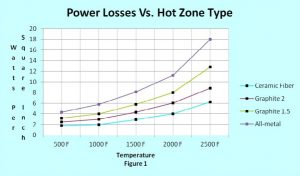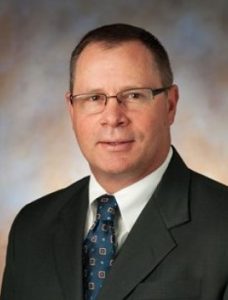Aero Provider Establishes Engine Services Facility in Malaysia

A global provider of aerospace engines, components, and systems for commercial, military, business and general aviation aircraft recently announced an agreement to invest in tooling, testing, and skills capabilities to support MRO services of cutting-edge engine technology in Malaysia.
GE Aviation will invest $80 million in the engine services facility where the maintenance, repair, and overhaul of CFM International’s LEAP engine will take place. In addition, GE also announced the establishment of the Global IT Service Desk, located at its headquarters in Kuala Lumpur.
The LEAP engine, produced by a 50/50 joint venture between GE and Safran Aircraft Engines, represents a leap ahead in terms of aviation technology and material, and powers aircraft such as the Boeing 737 MAX, Airbus A320neo and Comac C919 single-aisle jets. The MRO work on LEAP will introduce the next chapter of engineering excellence for the Subang workshop, making it the first such facility outside the United States for GE.
“Malaysia is a globally attractive investment location, and GE is a great example of the kind of company that we’re glad to see driving those investments,” said Y.B. Ignatius Darell Leiking, Minister of International Trade and Industry, as he witnessed the signing of the Memorandum of Understanding. “With our exceptional workforce and GE’s world-classs technology and innovation, I’m confident this is a partnership which will continue to deliver outstanding results.”

“GE has a long history of partnership in Malaysia, and we want to see that relationship continue,” said GE Chairman and CEO John Flannery. “The GE Aviation’s engine service facility in Malaysia is one of our flagship facilities in the region and the renewed lease agreement is a testament to the great work delivered by the local talent. The establishment of the GE Global IT Service Desk in Kuala Lumpur further represents our belief in the hugely beneficial shared future that GE, Malaysia and ASEAN have ahead of us.”
Aero Provider Establishes Engine Services Facility in Malaysia Read More »












